Another popular trait is lines on the right side of the dial face: Since machinists often have to read an indicator when it’s facing away from them by using a mirror, the markings make it easier to distinguish right from left and avoid misinterpreting the results.
Money-Saving Design Hallmarks
The INTERAPID is available in both a horizontal model, whose dial face is mounted parallel to the insert axis, and a vertical model, whose dial face is mounted at a right angle to the insert axis.
It’s designed to give a true reading when the angle of attack is 12 degrees, a technical asset that lets users see an absolute value without having to correct a read value.
The INTERAPID also has a very high sensitivity, very light measuring pressure that helps avoid scratching parts.
Together, those features limit the potential for having to scrap a workpiece and start over, with its high costs in terms of lost—and potentially extremely expensive—metals as well as in wasted work hours.
That’s a boon to productivity, and ultimately to the bottom line, for an industry fighting to shorten cycle time and amp up feed rates while grappling with supply-chain disruption, high interest rates and high inflation.
It explains why customers like DERO Feinmechanik AG, a Switzerland-based maker of sophisticated precision parts used in everything from machine tools to medical technology and chemical and food industries, have been relying on the tool for decades.
“There is no better instrument in the field of processing technology in the workshop than the TESA INTERAPID 312,” says Michel Degen, a member of DERO Feinmechanik AG’s board and the grandson of the company’s co-founder.
Today, DERO uses more than 100 TESA INTERAPID 312 lever dial test indicators, according to a case study. Each of the company’s workplaces is equipped with several of the instruments.
Despite modernization of machine tools, the ability to determine reference points with a lever dial test indicator remains a quick and easy solution that users appreciate because they can ensure accuracy during each step of machining, Degen says.
The TESA INTERAPID 312 has a resolution of 2 microns on the dial, which allows highly precise verification of dimensions.
“We are very satisfied, as we manufacture our parts in less time and thereby ensure the highest quality,” he adds. “For this reason, the TESA INTERAPID 312 is our preferred choice, as it was in my father’s time.”
How do precision metrology tools benefit productivity in your business? Tell us in the comments below.



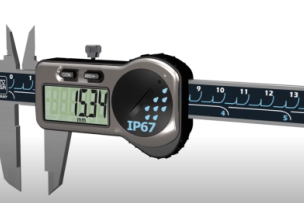
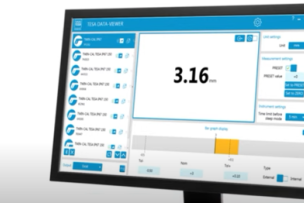
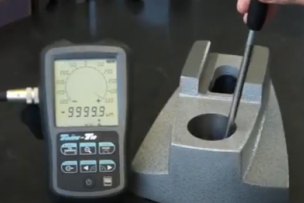

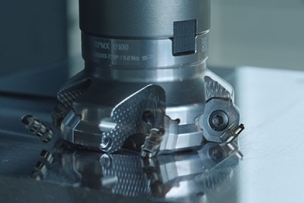
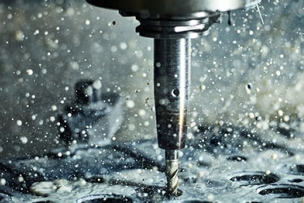
Talk to Us!
Cost? Availability? Can we have a link to the website or catalog page?
20my first impression was that this was a new english indicator with a 0-10-0 thousandths dial. this was because the dial wasn't yellow. my understanding is that all metric dials are to be yellow, and i've never seen one that wasn't. this is a good way to set up bib mistakes.
25Leave a reply
Your email address will not be published. Required fields are marked *